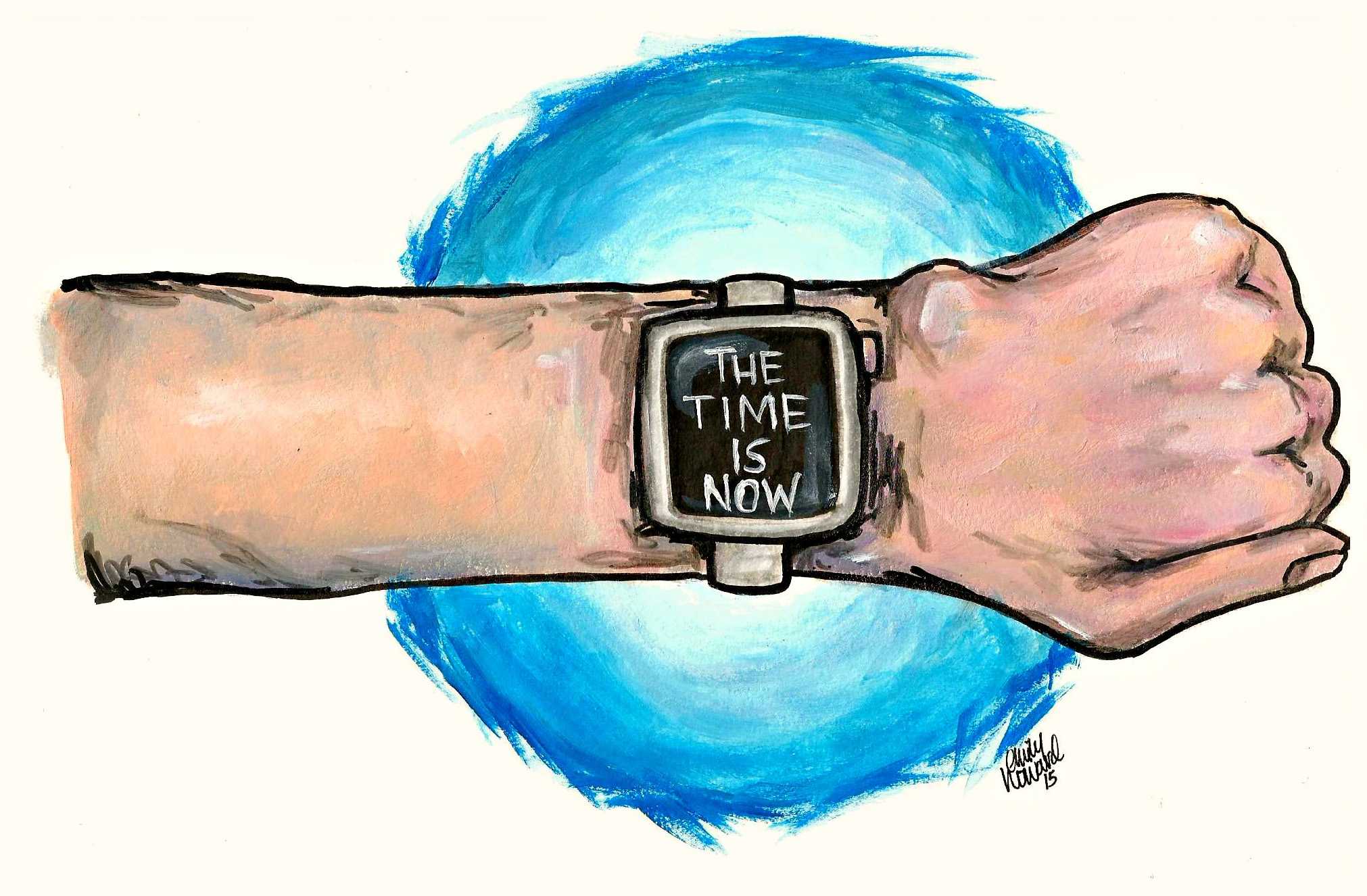New technological innovations seem like a dime a dozen, but some tend to really stir conversation. Wearable technology is an innovation that’s been dismissed by many, but will continue to grow into the next big trend in computing.
Wearable technology is clothing or accessories that contain computer technology or have the ability to connect to the Internet, defined by Cambridge Dictionaries Online.

These gadgets enhance the wearer’s ability like a smartphone, but with less intrusion. With the soon-to-be-released Apple Watch set to come out April 24 and the ever-increasing popularity of Fitbit and Jawbone tracking devices, wearable tech seems to be gaining some notice and catching attention.
Although there’s a lot of buzz on this topic, positive and negative, there is a sense of misappropriated hate. People question why wearable technology is needed instead of smartphones, but rather than bashing this new industry, it needs to be given a chance.
For one, wearables do a much better job of viewing notifications – small pieces of information like alarms and maps – than a typical smartphone. They are less intruding around other people and can perform useful tasks without interrupting your day. Wearable watches can even match smartphones with electronic forms of payment such as Apple Pay or Google Wallet – just raise your wrist and swipe.
According to www.entrepreneur.com, wearable tech will also “track and record health and fitness statistics, wash themselves via sunlight, provide haptic feedback such as directions, and even stabilize body temperature.”
It’s unforeseen if wearable devices will become the main source of computing, but they will be more than just a fad in the consumer product world.
Computers are only getting faster and more powerful, and now they are becoming more a part of us – who doesn’t have their smart phone attached to their hip?
It’s not only Fitbits and Apple Watches we’re talking about. Wearable technology even goes into the realm of virtual reality and augmented reality. This opens up a world of possibilities in industries such as consumer goods, military and even medicine. New technologies like E-textiles merge technology with clothes, creating an industry that is exploding unbeknownst to most of us.
According Juniper Research hi-tech analysts, the wearable device industry will hit $53 billion by 2019.
This new industry will merge technology and fashion to become a leader in consumer products, and for good reason.
Billy Whitehouse, co-founder of Wearable Experiments said, “Imagine not crouching over a smartphone for directions but standing straight and looking about you, all while wearing the city-specific, GPS-enabled smart watch or jacket that “taps” wearers’ to indicate which direction to turn.”
Products like these will give us the opportunity to connect on a human level once again, which is something we should all be striving to do.
Zothner, a sophomore marketing major from Cary, is an opinion writer.
Column: Matt Zothner, Opinion Writer
Cartoon: Emily Howard, Cartoonist
